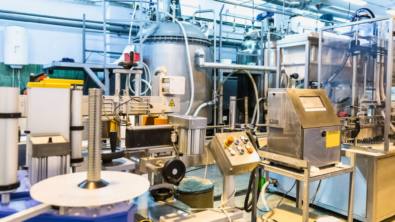Keeping the lights on
I am interested in environmental matters and I am keen to adopt practices, products and technologies that make me more “green”. So I try to recycle more, drive less and save energy when I can. Much of this is voluntary, but some is becoming compulsory. Recently, a European directive resulted in the phasing out of standard 100w tungsten [incandescent] bulbs. Now we have to use these infernal low energy bulbs and I do not like them at all …
There is much to dislike about them. They are ugly, their light is cold and they do not tend to be bright enough. Many of them take quite a while to “warm up” to full brightness. I installed one in a guest toilet recently. It takes so long to become bright that, by the time it does reach a reasonable intensity, you have finished what you went in there to do. Many people leave such lights switched on to avoid the warm up, which rather defeats the object.
Switching lights off when they are not required is a very good way to save lots of energy. The trick is to make it easy. I have been in many offices which have motion-sensitive switches for the lights. You step into the room and the lights come on. When you leave, they go off again. This is only a problem if you sit in a room very still, as you can suddenly be plunged into darkness. This makes you jump, which solves the problem. Why aren’t these switches used more widely?
Another approach is to simply put switches in convenient and obvious places. I recently saw a technology that would make that much easier: wireless, batteryless switches. You put the switch relay [receiver] in line with the light itself. Then you can install as many switches [transmitters] as you want. As they need no power or wiring, you can be very creative with their location. The design is ingenious. When you press one of these switches, it has a satisfying “click”. This flexes a piece of material that generates just enough [piezo-electric?] power to send the transmission.
I understand that there are various new technologies for lighting that will address the shortcomings of today’s offerings. LED lights seem promising, as they can deliver low energy and more acceptable color. Some new processes seem to be drastically reducing the cost.
There is a bit of a myth about tungsten bulbs: they waste energy. This is because only less than 10% of the electrical energy is used to make light. The rest is “wasted”. It is not really wasted, as energy cannot be destroyed. It is dissipated as heat. So, if the bulb is being used in a part of the world where heating is needed much of the year, the light just takes on some of the work and the central heating does correspondingly less.
I know a town where quite a lot of the street lights are still run on gas [with light-sensitive electronic ignition systems, of course]. Maybe that is the way forward …
Comments
Leave a Reply
You must be logged in to post a comment.


I came across this story: http://news.bbc.co.uk/1/hi/magazine/8406923.stm – which seems to back up some of my points.